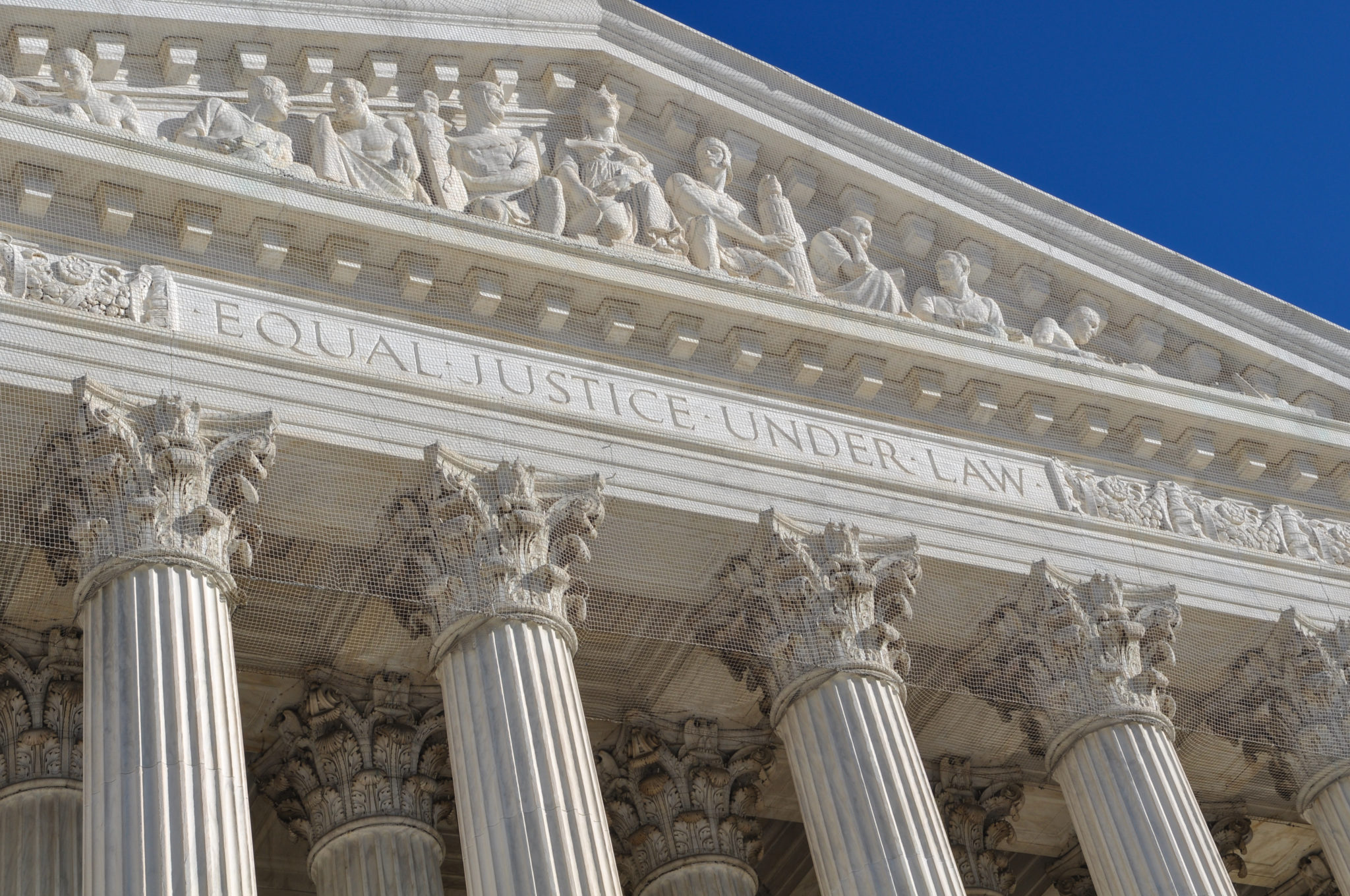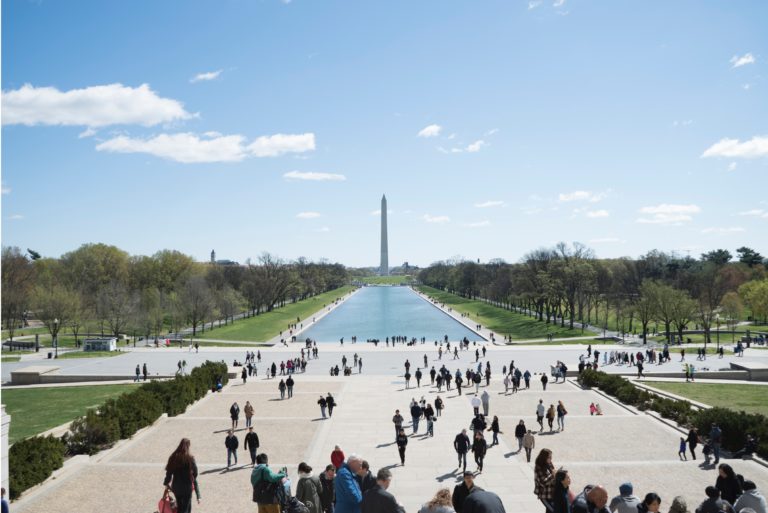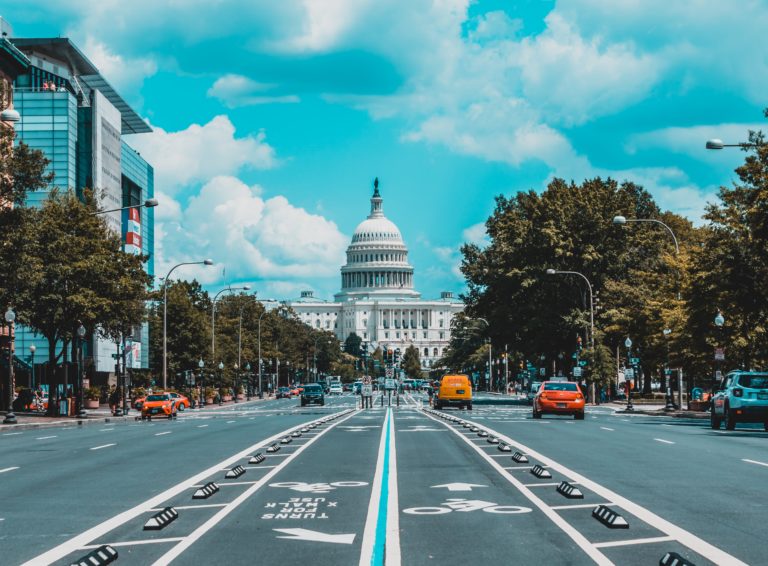In 2016, for the first time in history, a woman was on the presidential…
Gender is on the Ballot – In the Form of the Supreme Court

It is true – federal judges are appointed by the President and confirmed by the U.S. Senate, not voted on by the electorate. But this year, the Supreme Court is on the ballot and women’s rights are at stake.
Last week, Justice Ruth Bader Ginsburg, the second woman to serve on the Supreme Court, died. As she laid in state at the U.S. Capitol – the first woman to ever do so, following 34 men – women and girls lined up for hours to pay their respects. They were there to both honor the role model she has been for so many of us, but also the impact that her life’s work has had on the rights of women. Ruth Bader Ginsburg’s advocacy led to so many advances for women – many which we take for granted every day. When women are able to get a credit card, sign a mortgage and have a bank account without a male co-signer, we have Ruth Bader Ginsburg’s advocacy to thank. When women attend a state-funded school, the requirement that their admission is allowed is because of Ruth Bader Ginsburg’s commitment to ensuring women have the same opportunities as men. When a pregnant woman can go to work and not fear getting fired, it is because Ruth Bader Ginsburg advocated against gender discrimination by employers. And, when women can make choices about their health care and their bodies, it is because Justice Ginsburg made sure those protections were preserved.
Last week, we also celebrated the anniversary of Justice O’Connor’s swearing in to the Supreme Court as the first female Justice. There have only been four female Supreme Court Justices in our nation’s history. Asked when there will be enough women on the Supreme Court, Ruth Bader Ginsburg said, “When there are nine.” As she pointed out, while people were often shocked by her response, there had been nine men for a very long time in our nation’s history and no one “ever raised a question” about that.
It is true that we need more diverse representation in all three branches of our government. More than 73 percent of sitting federal judges are men, and 80 percent are white. It is not unrelated that of the people who get to “advise and consent” on judges, only one-quarter of them are women. And of course, there has never been a woman who has had the opportunity to appoint a Supreme Court Justice, which needs to change.
Just as it is important to have true representation in our legislatures, and among our elected offices, that representation is critical to have on the federal bench. And when voters are thinking about who to vote for, they should think about who their President would nominate, and who their Senators would confirm, to our federal courts.
But it is not just the gender of the judges that we must consider. Voters must not ignore that our nation’s federal judges hear critical cases every day that impact women – that determine their rights and protections in their workplaces, in their schools, and in their homes. With so much at stake in our courtrooms, voters cannot ignore the role judges play and it should be top of mind when they go to the polls to vote.
It is critical that we have women on the Court who will honor Justice Ginsburg’s legacy by continuing to fight to end gender discrimination and protect women’s rights. The decisions that are made by our Supreme Court Justices, and our lower courts, impact the lives of women across this country every day. There is a great deal at stake for women in the cases that will be decided and the rulings that will be issued. Courts matter. And, when women vote, we must think about that at the ballot box.






